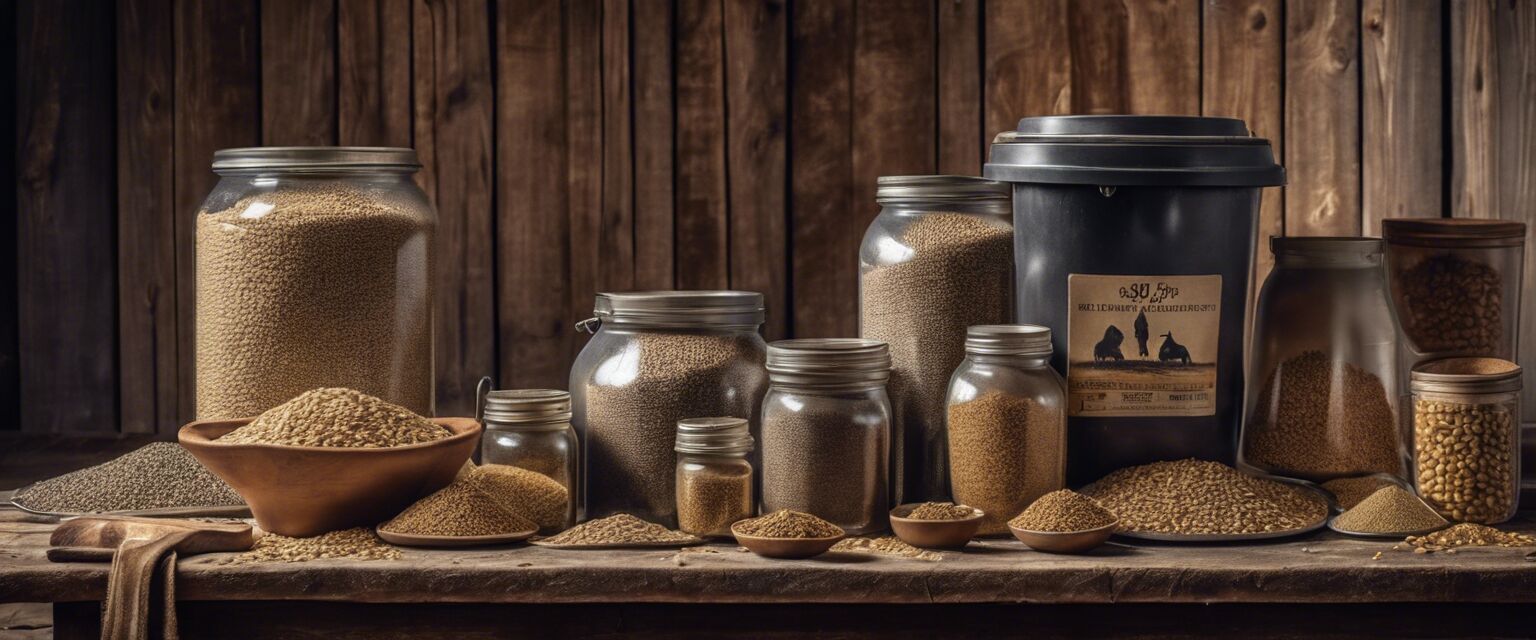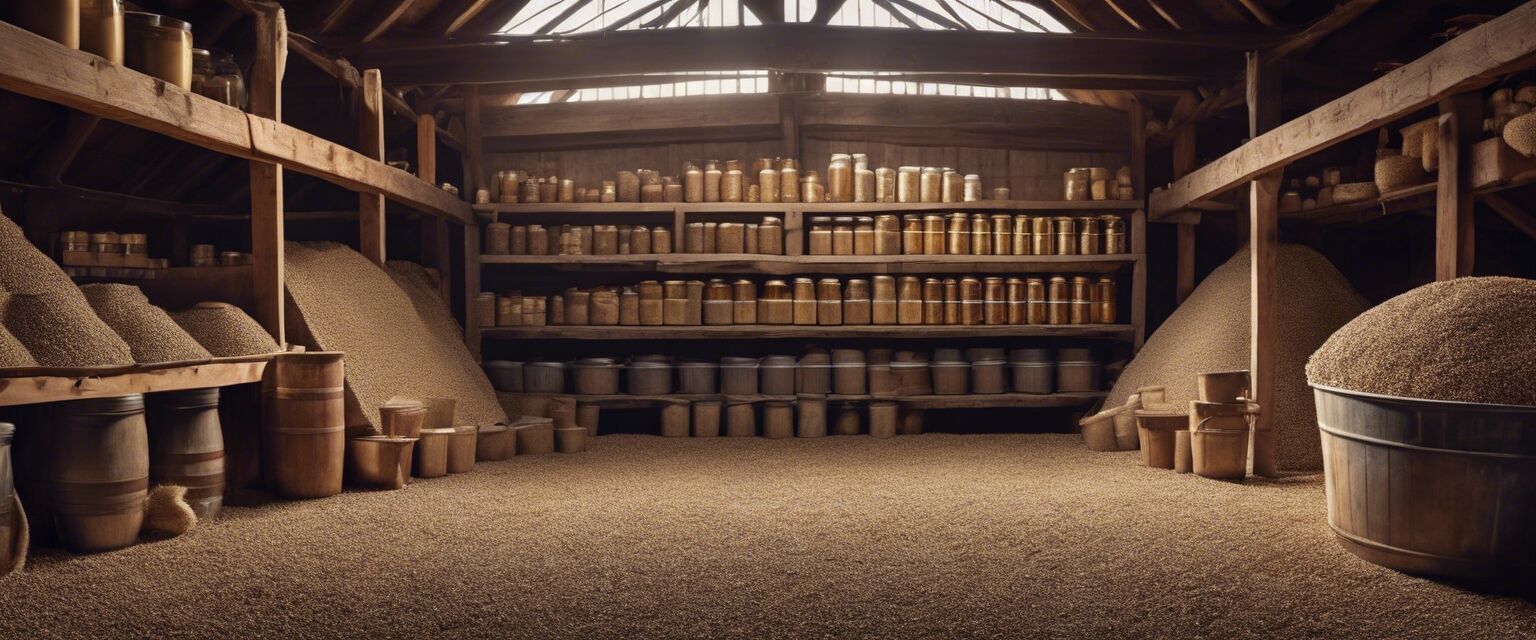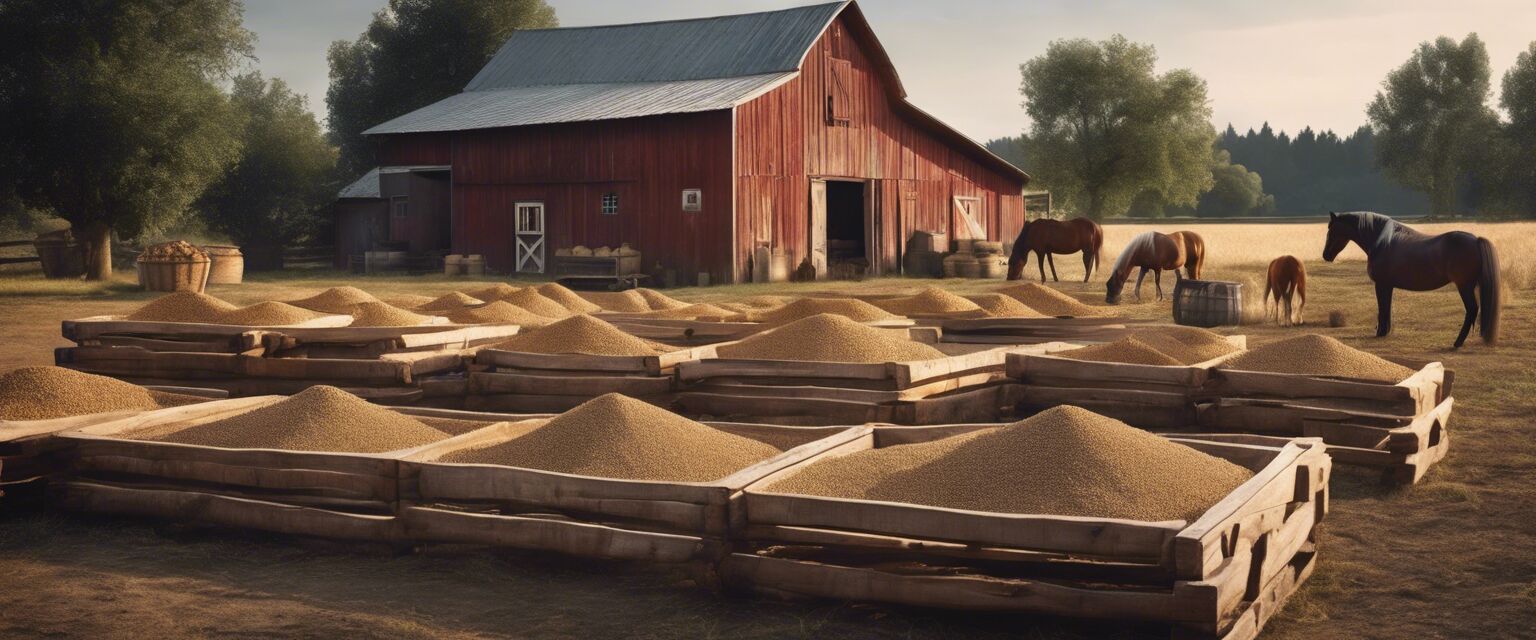
Feeding Practices
Key Takeaways
- Understand the basic nutritional needs of horses.
- Establish a consistent feeding schedule.
- Choose high-quality feeds that meet your horse's specific requirements.
- Monitor your horse's body condition and adjust feeding practices accordingly.
- Incorporate variety into your horseâs diet to prevent boredom and ensure balanced nutrition.
Feeding your horse properly is vital for its health, performance, and overall well-being. This guide outlines detailed strategies, schedules, and best practices for horse feeding. With the right approach, you can ensure that your horse thrives under your care.
Understanding nutritional needs
The first step in establishing effective feeding practices is understanding the basic nutritional needs of horses. Here are the fundamental nutrients required in a horse's diet:
| Nutrient | Function |
|---|---|
| Carbohydrates | Provide energy for daily activities |
| Proteins | Essential for growth and repair of tissues |
| Fats | Concentrated source of energy |
| Vitamins | Support various body functions |
| Minerals | Help in bone development and metabolic processes |
| Water | Crucial for hydration and digestion |
Establishing a feeding schedule
Consistency is key when feeding your horse. Here are some tips to help you create an effective feeding schedule:
- Feed your horse at the same times each day.
- Avoid long gaps between meals to prevent digestive issues.
- Adjust the feeding frequency based on the horseâs age, workload, and health status.
Sample feeding schedule
| Time | Feeding Task |
|---|---|
| 7:00 AM | First feeding |
| 12:00 PM | Second feeding |
| 5:00 PM | Third feeding |
Choosing quality feeds
When it comes to selecting feed, it's important to consider the following:
- Look for feeds that are appropriate for your horse's age, condition, and work level.
- Choose feeds that have high-quality ingredients.
- Read the label to ensure balanced nutrition and appropriate calorie content.

Explore more about hay and forage options that can provide your horse with essential nutrients.
Monitoring horse's body condition
Regularly assess your horse's body condition to make necessary adjustments to feeding practices. Use the Body Condition Score (BCS) system to guide your observations:
| BCS Score | Description |
|---|---|
| 1 | Emaciated |
| 5 | Moderate (ideal condition) |
| 9 | Obese |
Incorporating variety into horseâs diet
Prevent your horse from becoming bored with its meals by introducing variety. Here are some ideas:
- Change hay types periodically.
- Introduce different grains or feed mixes.
- Incorporate supplements as needed to enhance diet quality.

For more detailed advice on horse diets, visit our sections on health and nutrition and horse feeds.
Conclusion
Establishing a solid feeding practice is essential for your horse's health and performance. Regularly assess their nutritional needs, maintain a consistent feeding schedule, and choose quality feeds. By following these guidelines, you'll contribute to a happy, healthy horse.
Pros
- Improved overall health and performance.
- Better digestion and reduced risk of colic.
- More energy for activities and competitions.
- Enhanced coat condition and overall appearance.
Cons
- Requires time and commitment to maintain schedules.
- Initial costs can vary significantly based on quality feed options.
- Overfeeding can lead to obesity if not monitored carefully.
Tips for beginners
- Start with small quantities to observe your horse's reaction to new feeds.
- Consult with a veterinarian or equine nutritionist for personalized advice.
- Keep records of feeding practices and your horse's health to track improvements.









